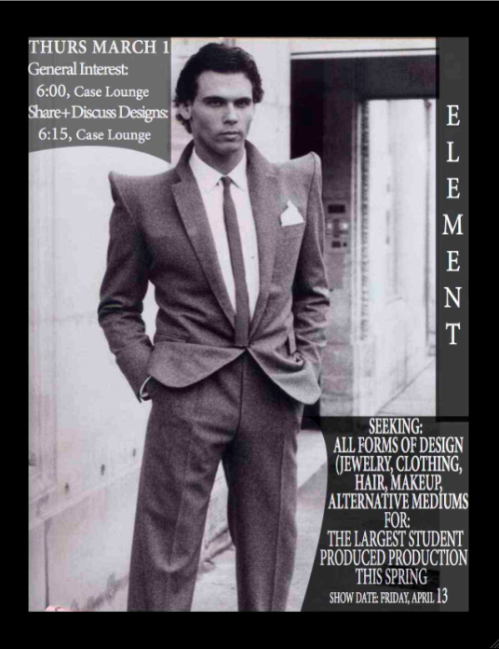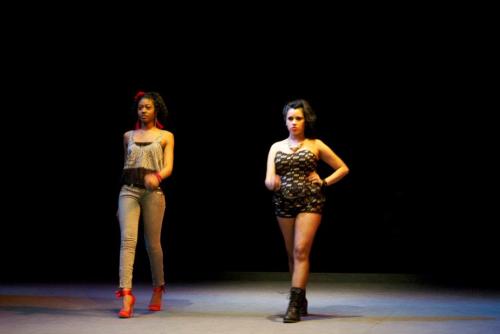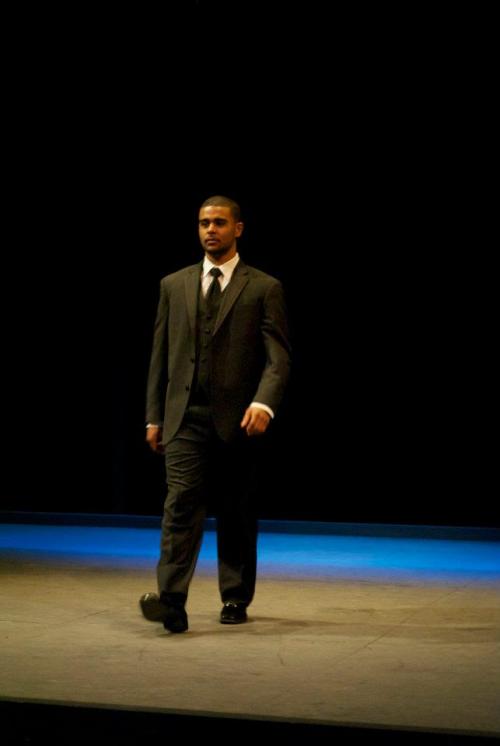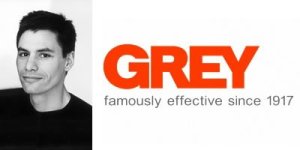
Four ratings into her discussion board on the infamous ratemyprofessors.com, an anonymous student culminates his or her sparkling review of English professor Barbara Black with “Plus, she has incredible fashion sense.” In fact, one-eighth of her reviewers made it a point to comment on her style. Having taken a course with her this past semester, we can attest to these comments: as the saying goes, Black is always in fashion.
In addition to having fabulous personal style, Barbara Black—a Victorianist and New Historicist with a BA from Bryn Mawr and a Masters and PhD from the University of Virginia under her belt (pun not intended)—researches fashion history and theory in much of her own scholarship. She also enjoyed rummaging through thrift shops *before it was cool* and fawns over the runway stylings of Alexander McQueen, Stella McCartney, and Tom Ford.
Before the endless pajama-clad days of winter break, Professor Black, who describes her personal style as age-appropriate yet eclectic and free, was gracious enough to sit down with us to talk about fashion in her work, life, and at Skidmore.
WWLW: Have you specifically studied fashion history or theory, or has it been a topic that happened to come up in your studies of the Victorian Era? Has the specific time period of your area of specialization (the nineteenth century) affected your interest in fashion, as this was the era that created the modern fashion industry?
BB: In grad school, I didn’t have specific training in fashion history, as the program I was in did not acknowledge its existence. I was trained in new historicism [a group of critical theorists founded by Stephen Greenlatt who focused on understanding a work through the eyes of its contemporary history and culture], which prepared me for what has become an interest in a relationship between the representational and material. What is more central than the clothes we wear? I’m particularly influenced by the works of Roland Barthes, Valerie Steele, Jean Baudrillard, Georg Simmel, and Pierre Bourdieu. Though not all specifically rooted in fashion theory, all these theorists are interested in social and cultural capital, which is stature and status dictated by what we possess or own or wear.
WWLW: Why do you think a knowledge or study of fashion is important? What, if anything, do you think a particular fashion sense or style movement says about a society or historical period?
BB: The nineteenth century was an age of social mobility and the first age in which your life and future were not necessarily ruled by the class into which you were born. For the first time, you could move up the social ladder by how you acted or appeared. The notion of being a gentleman or a lady was up for grabs. As long as you could affect your appearance, you could be anyone; you stood a chance of becoming anything. A key aspect of this idea is how you dress. Social life was not pre-scripted. You simply had to master social signs instead of reading out a plan. Identity became a game. The fluidity of appearance is still how society works today, as well. Victorians predicted their modernity for the future. We have the right to fashion ourselves—pun intended. Who we are is not essentialist but a social construction of the self.
WWLW: How do you incorporate fashion and fashion theory into your scholarship?
BB: My current book project, which is just going into production, is focused on gentlemen’s clubs of nineteenth century. Not strip joints, but exclusive social clubs. What interested me is that these clubs are about belonging—insiders and outsiders. You don’t have a club if you don’t have a strong sense of who is not eligible.
Fashion is a club; you either know how to dress or you don’t. When you look at these clubs, there was a lot of talk about whether someone dressed like X club or Y club. A big discussion in the nineteenth century man’s life was if he looked like a club man or not. Though we typically think fashion is a women’s concern, it is beyond gender; fashion is the social concern of all people wanting to belong. In specific clubs, there was always this discussion of if he appeared to be ‘one of us’ and if he was socially eligible. This ties in with the idea of the ‘dandy,’ one of the greatest figures of the era. Oscar Wilde! This ideology focuses on what it meant for a particular kind of Victorian man to dress. The dandy dresses for pleasure, for aestheticism, for sensation; he became a symbol of leisure. He took a long time to dress and didn’t work a normal job. He became a symbol of the urban London scene.
Additionally, clubs have club jackets, or ties, or colors. For example, Garrick club colors are salmon pink and cucumber green; the secret ‘insider’ code between club members was wearing salmon pink socks. What I love about this example is that it is a metonymy that symbolizes how fashion works: it takes another clubman to understand that these socks equal an insider. Popular media of nineteenth century had anxious editorials about imposters. Being “clubable” created the personal desire to try to be clubman, even if one was not.
WWLW: How do you incorporate fashion into your teaching?
BB: When teaching the Victorian novel, there is always a physical description of a character—his/her face, hair, body, clothing—which tells us something immediately about the personality. This convention emphasizes that what characters wear is extremely important. We need to take time with these descriptions, or we wouldn’t be reading cues as closely as the original audience. Physical descriptions speak of personality, morality, and social class.
In another course called “American Dreams,” we discuss what contemporary Americans desire and value, and what they spend their time doing. Brand welfare, consumption, and social mobility are major themes in this course. I’ve had students read the work of Naomi Klein (a scholar of fashion and consumerism) and look at the work of the architect Rem Koolhaas (who designed the flagship store for Prada in New York City). Studying fashion, advertising and consumerism in modern America provides insight into the lives and culture of contemporary people the same way that these things can tell us about the past.
WWLW: How would you describe the general style of Skidmore?
BB: It would be incredibly modest to say that there is a fair amount of diversity and panache among the students. When I first came to Skidmore, I heard of the reputation of the campus being generally attractive; however, I was much more struck by the range of individual styles among the student body and faculty. Diversity does not have an orthodox shape; it can be subtle, intellectual, aesthetic. When I look around at the student body and the way they wear fashion, I see diversity. Creative thought matters! (Covers her mouth with her hand) Also, the current cultural moment’s interest in past styles resonates to my own college days; the other day, I saw a student wearing a pair of bellbottoms exactly like a pair I had owned, and it was odd to think that maybe she bought my exact pair from a thrift shop.













